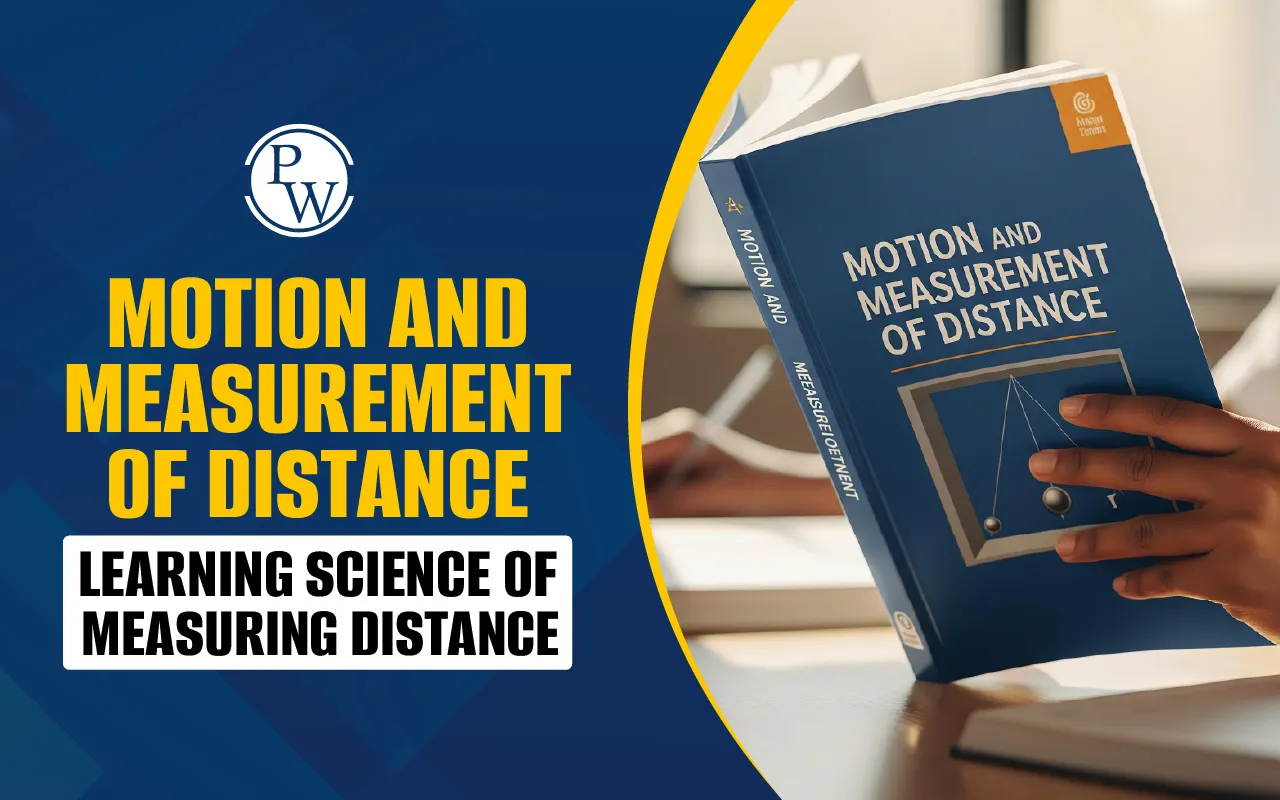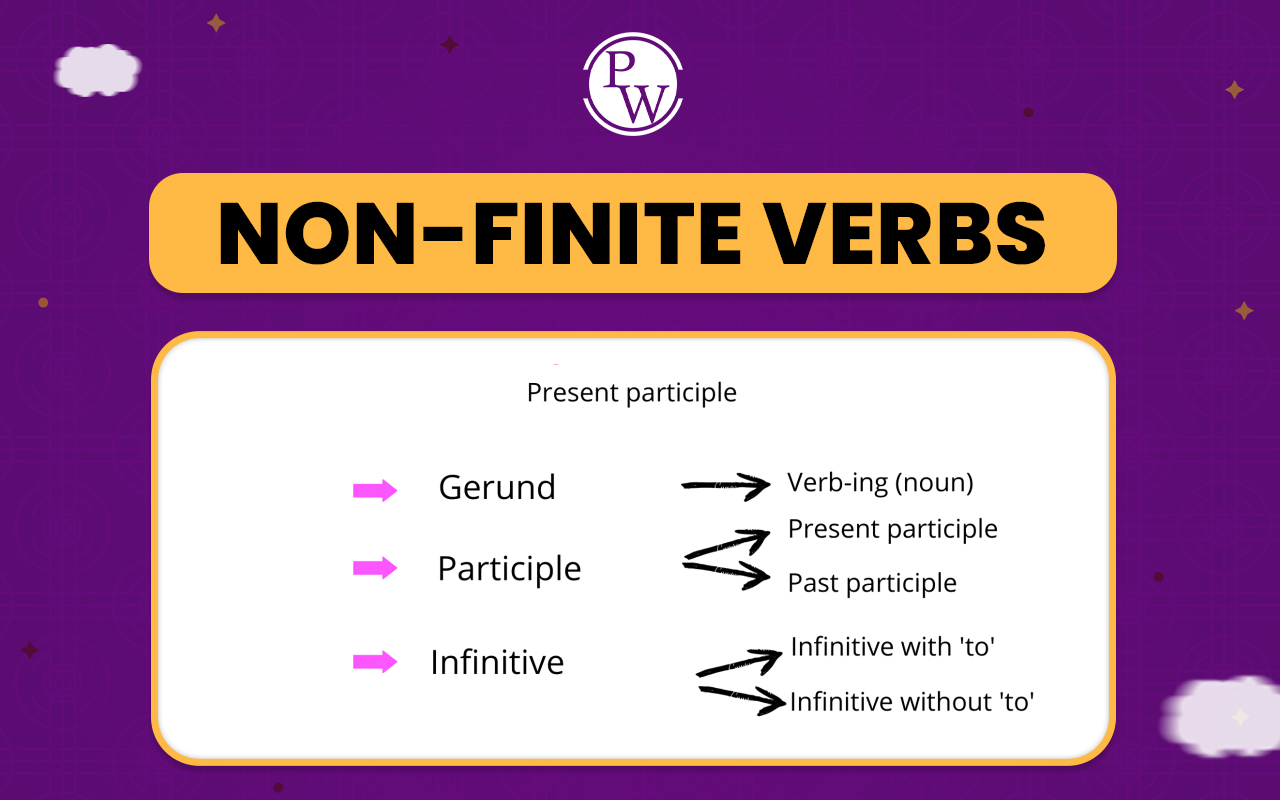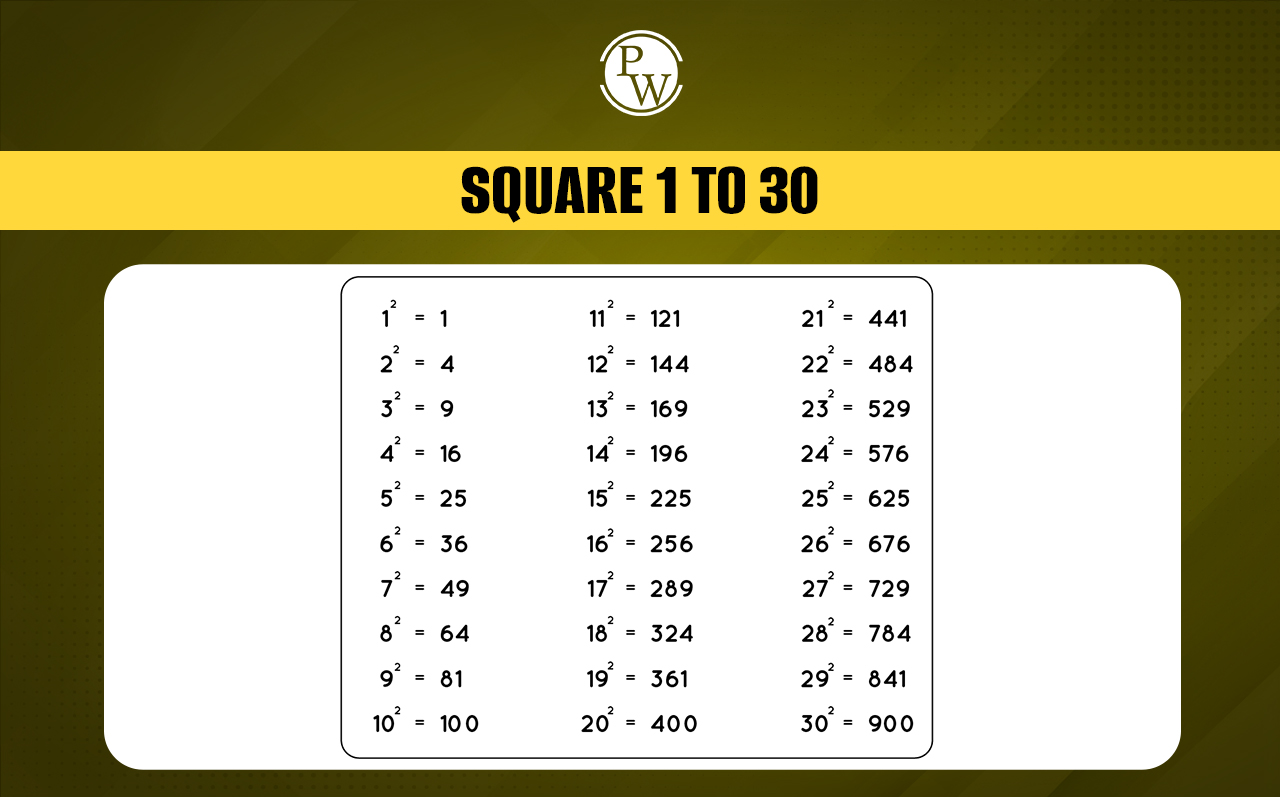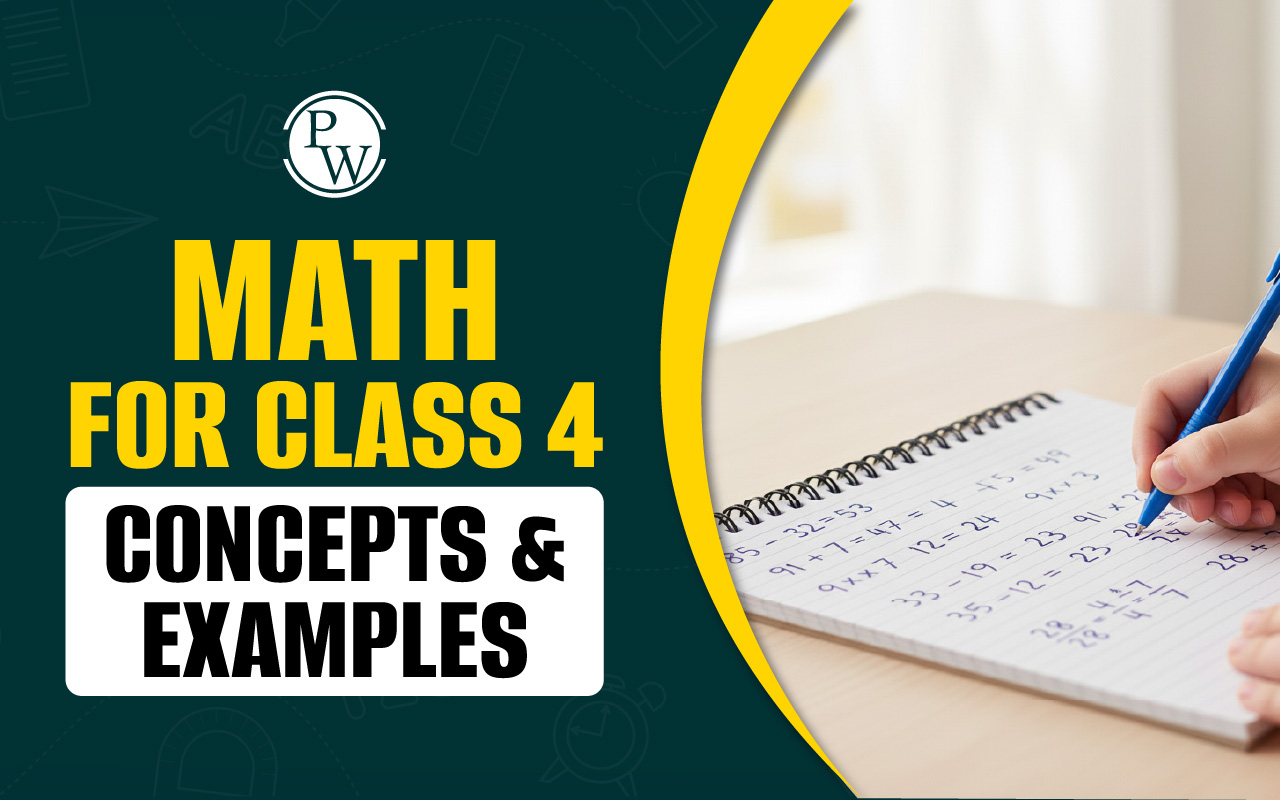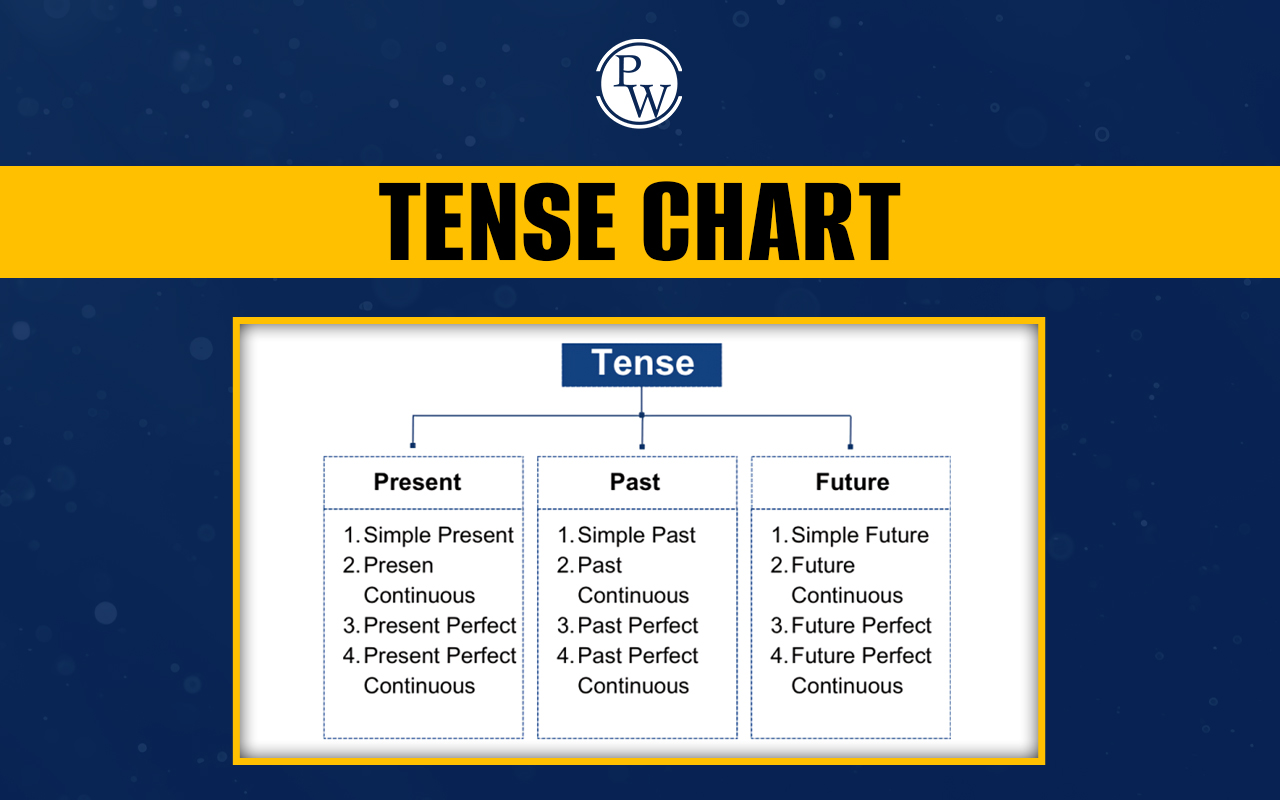
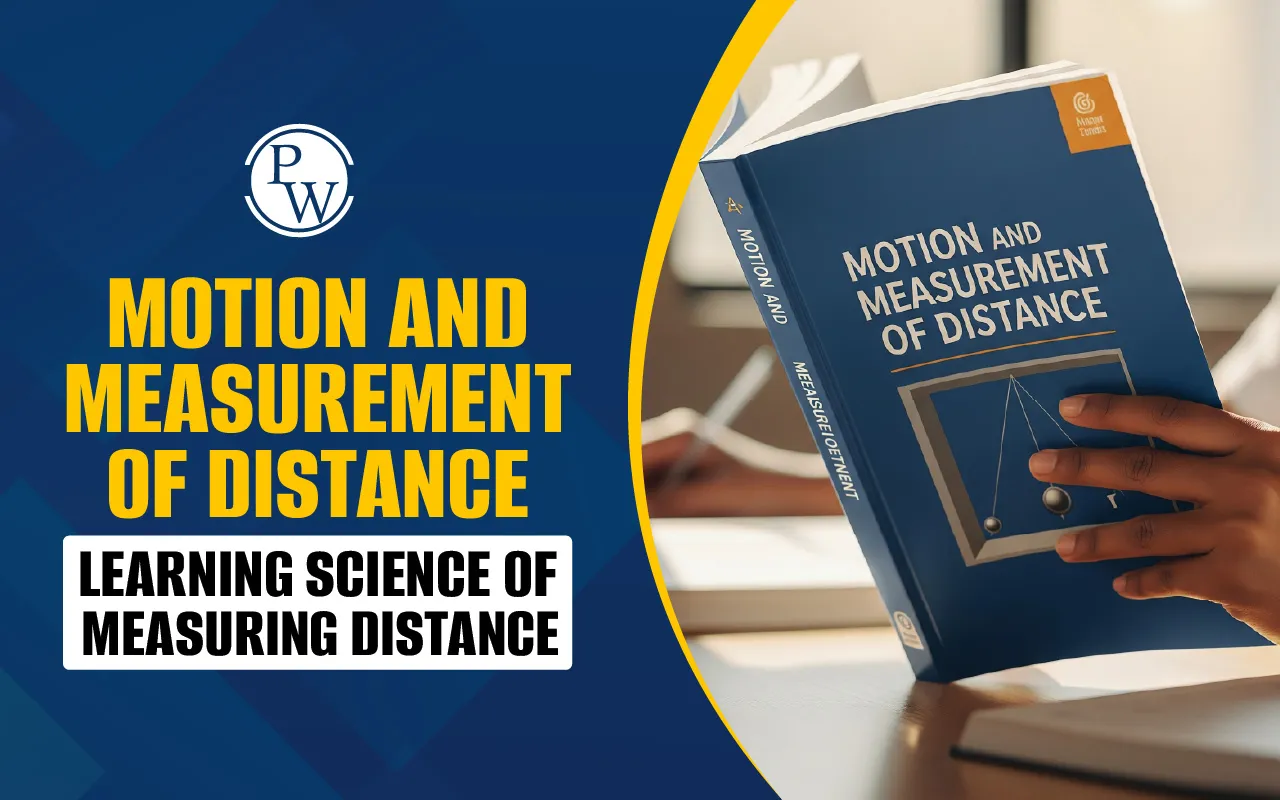
Motion is an inherent part of our world. From the subtle sway of leaves in the breeze to the complex orbit of planets around stars, motion surrounds us in various forms. At its core, motion encompasses more than just movement; it involves the intricate interplay of forces, energies, and mathematical principles.
What is Motion?
Motion is a key concept in physics that describes how objects change their position over time. It plays an important role in our understanding of the physical world. When we talk about motion, we consider factors such as distance, displacement, speed, velocity, and acceleration. These measurements help us quantify and analyze how objects move. Motion can be described in terms of distance, displacement, speed, velocity, and acceleration:- Distance and Displacement: When an object is in motion, the distance it covers is known as its distance. This includes the entire path traveled, regardless of direction. On the other hand, displacement refers to the change in position from the initial point to the final point. Displacement takes both magnitude and direction into account. While distance only has magnitude (scalar quantity), displacement has both magnitude and direction (vector quantity).
- Speed and Velocity: Speed refers to how fast an object covers a certain distance in a given amount of time. It is a measurement of magnitude, meaning it only tells us how fast the object is moving without considering its direction. Velocity, on the other hand, takes into account both the speed and the direction of motion. It tells us not only how fast an object is moving but also where it's going. So while speed is scalar - only having magnitude - velocity is a vector quantity that includes both magnitude and direction.
- Acceleration: Acceleration refers to how quickly an object's velocity changes over time. It can occur when there is a change in speed, direction, or both. Similar to velocity, acceleration is also described as a vector quantity. A positive acceleration indicates an increase in velocity, while negative acceleration (also known as deceleration) signifies a decrease. Additionally, zero acceleration denotes no change in velocity.
Types of Motion
Motion is a fundamental concept in physics that involves the change in an object's position over time. It allows us to explore how objects move and interact within our universe. There are three different types of motion, each classified based on specific criteria.Linear Motion
Linear motion describes how objects move along a straight path or follow a curved trajectory. This concept is crucial for comprehending the movement of everyday items and the behavior of celestial bodies, vehicles, and other entities in our vast universe. Linear motion can be categorized into two main types: rectilinear motion and curvilinear motion.Rectilinear Motion
Rectilinear motion is simply the movement of an object in a straight line. It's as straightforward as it sounds – the object travels in a linear path, making it easy to represent its displacement on a one-dimensional coordinate system. One common illustration of rectilinear motion is a car driving along a straight road. As the car covers a specific distance, its position changes, and we can describe this change using concepts like distance, displacement, velocity, and acceleration.Curvilinear Motion
Curvilinear motion is in which an object moves along a curved pathway. This type of motion is more intricate than rectilinear motion because the object continually changes direction as it follows the curve. You can observe curvilinear motion in different real-life situations, like tracking a baseball's path after being hit, watching a planet orbiting around the Sun, or experiencing a roller coaster maneuvering through its elaborate track. When studying curvilinear motion, it is often helpful to break down the motion into small straight-line segments. This allows for the use of calculus in analyzing and describing the changing motion accurately. When dealing with curved motion, two important concepts come into play: tangential acceleration and centripetal acceleration. Tangential acceleration is responsible for changes in speed along the curved path, while centripetal acceleration ensures that the object stays on its curved trajectory by continuously pulling it toward the center of the curve.Key Differences
The main difference between rectilinear and curvilinear motion lies in the path that the object follows. Rectilinear motion is when an object moves along a straight line, making its motion simpler to analyze. On the other hand, curvilinear motion involves more complex calculations and considerations because the direction of the object constantly changes. To accurately describe the motion of an object, it is crucial to understand displacement, velocity, and acceleration. In rectilinear motion, these quantities have linear relationships. However, in curvilinear motion, a more advanced understanding of vector mathematics and calculus is necessary to account for changes in direction and curvature.Rotatory Motion
Rotatory motion, also referred to as rotational or circular motion, is a foundational concept in physics that explores the movement of an object around a fixed point or axis. It is observed in numerous natural occurrences and man-made devices, spanning from the rotation of planets and celestial bodies to the functioning of engines and machinery. Key Concepts of Rotatory Motion- Axis of Rotation: The axis of rotation is an imaginary line that an object spins around. It helps us describe the way things rotate. One example is how the Earth rotates on its axis, which is like a line going through the North and South Poles.
- Angular Displacement: Angular displacement refers to the angle through which an object has rotated. It is measured in radians or degrees and is usually denoted by the Greek letter "θ" (theta). It determines the change in orientation of the object as it moves along its circular path.
- Angular Velocity: It refers to the speed at which an object rotates around a central axis. It measures how quickly the object's angular displacement changes over time. In equations, Angular Velocity is represented by the symbol "ω" (omega).
- Angular acceleration: It refers to the rate at which an object's rotational speed is changing. It measures how quickly the angular velocity is changing over time. Angular acceleration is represented by the symbol "α" (alpha) and its unit of measurement is radians per second squared (rad/s²).
- Moment of Inertia: The moment of inertia, represented as "I," is a measurement that indicates how much an object resists changes in its rotational motion. It is influenced by the mass distribution around the axis of rotation. Objects with larger moments of inertia will require more torque in order to achieve a specific angular acceleration.
- Torque: Torque is the rotational equivalent of force. It causes an object to rotate around an axis.
- Rotational Kinematics: Rotational kinematics deals with equations that relate angular displacement, angular velocity, angular acceleration, and time. These equations mirror the linear kinematic equations but are adapted for rotational motion.
- Conservation of Angular Momentum: Like linear momentum, angular momentum is conserved when no external torques act on a system. This principle is widely used to explain various phenomena, such as the behavior of spinning ice skaters pulling their arms in to increase their rotational speed.
Oscillatory Motion
Oscillatory motion, which can also be called vibratory or periodic motion, is a basic principle in physics. It refers to the repeated back-and-forth movement of an object around its central equilibrium position. This kind of motion can be seen in many natural occurrences, such as the swinging of a pendulum or the vibrations of atoms within a solid material. Key Characteristics of Oscillatory Motion- Equilibrium Position: In oscillatory motion, there is always an equilibrium or rest position around which the object oscillates. This position represents the point of stable balance where the object experiences zero net force.
- Amplitude: The amplitude of oscillation refers to the maximum distance an object moves away from its equilibrium position. It indicates the extent of the object's displacement during its motion.
- Frequency: Frequency is the number of complete oscillations or cycles an object completes in a unit of time (usually seconds). It is measured in Hertz (Hz), where 1 Hz corresponds to one cycle per second.
- Period: The period is the time it takes for one complete oscillation to occur. It is the reciprocal of the frequency and is represented by the symbol "T." Phase: The phase of an oscillating object refers to its position within one complete cycle of motion. It is often measured in degrees or radians and helps describe the timing of an object's motion relative to a reference point.
Examples of Motion
Motion can be described in terms of speed, velocity, acceleration, and other related parameters. Here are some examples:- Linear Motion: This type of motion is the simplest and involves an object moving in a straight line. Some examples include a car traveling on a highway, a ball falling straight down, or a person walking in a straight path.
- Circular Motion: This occurs when an object travels along a circular path around a fixed point. Examples of this type of motion include planets orbiting stars, children riding a merry-go-round, or satellites circling the Earth.
- Oscillatory Motion: It refers to a repetitive movement that occurs in a back-and-forth manner around a central point. Objects like pendulums swinging, vibrating guitar strings, or the motion of a simple harmonic oscillator are all examples of oscillatory motion.
- Projectile Motion: When an object is thrown or launched into the air, its trajectory follows a curved path due to the force of gravity. This is known as projectile motion. Examples of projectile motion include a baseball being thrown or a cannonball being fired.
- Rotational Motion: Rotational motion occurs when an object spins or rotates around a fixed axis. Examples include the spinning top, the Earth rotating on its axis, and the movement of wheels on a moving vehicle.
- Translational Motion: This type of motion occurs when an object moves from one location to another without any rotation. For example, a puck sliding on an air hockey table or a box being pushed across the floor both demonstrate translational motion.
- Rectilinear Motion: Similar to linear motion, rectilinear motion occurs when an object moves along a straight line, but it may involve changes in speed or direction. A car changing lanes on a highway or a train accelerating along a straight track are examples of rectilinear motion.
Newton's Laws of Motion
Sir Isaac Newton formulated the Laws of Motion in the 17th Century. These laws are fundamental principles in classical physics. They establish the connection between an object's motion and the forces that act upon it. Additionally, the Laws of Motion serve as a cornerstone for comprehending and forecasting how objects respond to external influences. Even today, these laws continue to be extensively employed to explain and anticipate the motion of various objects, from planets to everyday items.First Law: Law of Inertia
The first law states that an object will stay at rest or continue moving in a straight line with constant velocity unless an external force acts upon it. Objects have a tendency to maintain their current state of motion, whether it's being still or moving steadily, unless an unbalanced force is applied. This law challenged the prevailing belief at the time that objects needed continuous force to stay in motion.Second Law: Law of Acceleration
The second law of motion establishes a connection between an object's mass, force exerted on it, and its resulting acceleration. According to this law, the acceleration experienced by an object is directly proportional to the net force acting upon it and inversely proportional to its mass. This relationship can be mathematically represented as F = ma, where F represents the applied force, m denotes the mass of the object, and a signifies the resultant acceleration. Essentially, this law allows us to understand how forces influence an object's velocity change over time.Third Law: Action and Reaction
The third law of motion states that every action has an equal and opposite reaction. In simpler terms, when one object exerts a force on another object, the second object will exert a force of the same magnitude but in the opposite direction on the first object. These forces always occur in pairs and act on different objects. This law helps us understand why interactions between objects are always reciprocal - if you push something, it will inevitably push back with equal force.Applicability and Significance
Newton's Laws of Motion are incredibly versatile and find applications across various fields, from engineering and physics to biology and sports. They are particularly useful in predicting and explaining the motion of objects under the influence of forces. These laws are used to design structures, predict the behavior of vehicles, analyze the trajectory of projectiles, and much more. However, it's important to note that Newton's Laws are most accurate in situations where speeds are much lower than the speed of light and masses are not extremely massive or tiny.Final Thoughts
Learning about motion and the science behind it can be a fun and fascinating journey. Whether it's understanding how things move or exploring the laws that govern motion, this knowledge helps us make sense of the world around us. So, keep exploring, asking questions, and observing the motion happening in your daily life – you're on the path to becoming a motion science expert! Need a new and fun way of learning science? The Fundo Experiment Kit is perfect for you! With over 20 experiments to choose from, you'll be sure to find something that interests you. And the best part is, you'll learn while you have fun. Order your Fundo Experiment Kit today and start learning physics the fun way! Related LinksMotion and Measurement of Distance FAQs
What is learning motion and the science behind it?
Learning motion involves understanding the principles of movement and its connection to cognitive processes. It explores how our brains learn from physical actions and how movement enhances learning outcomes.
How does movement impact the learning process?
Movement stimulates various areas of the brain, promoting neuroplasticity and enhancing memory, attention, and comprehension. Scientifically, it's believed that physical activity triggers the release of neurotransmitters that support learning.
Can incorporating motion into education improve learning?
Yes, studies show that integrating movement-based activities into lessons can improve engagement and knowledge retention. Kinesthetic learning, which involves physical actions, can lead to deeper understanding and longer-lasting memories.
Are there age-specific benefits to learning motion?
Absolutely. In children, learning through movement aids in sensorimotor development. For adults, it can combat cognitive decline. Tailoring motion-based strategies to age groups can optimize the overall learning experience.
Talk to a counsellorHave doubts? Our support team will be happy to assist you!

Check out these Related Articles
Free Learning Resources
PW Books
Notes (Class 10-12)
PW Study Materials
Notes (Class 6-9)
Ncert Solutions
Govt Exams
Class 6th to 12th Online Courses
Govt Job Exams Courses
UPSC Coaching
Defence Exam Coaching
Gate Exam Coaching
Other Exams
Know about Physics Wallah
Physics Wallah is an Indian edtech platform that provides accessible & comprehensive learning experiences to students from Class 6th to postgraduate level. We also provide extensive NCERT solutions, sample paper, NEET, JEE Mains, BITSAT previous year papers & more such resources to students. Physics Wallah also caters to over 3.5 million registered students and over 78 lakh+ Youtube subscribers with 4.8 rating on its app.
We Stand Out because
We provide students with intensive courses with India’s qualified & experienced faculties & mentors. PW strives to make the learning experience comprehensive and accessible for students of all sections of society. We believe in empowering every single student who couldn't dream of a good career in engineering and medical field earlier.
Our Key Focus Areas
Physics Wallah's main focus is to make the learning experience as economical as possible for all students. With our affordable courses like Lakshya, Udaan and Arjuna and many others, we have been able to provide a platform for lakhs of aspirants. From providing Chemistry, Maths, Physics formula to giving e-books of eminent authors like RD Sharma, RS Aggarwal and Lakhmir Singh, PW focuses on every single student's need for preparation.
What Makes Us Different
Physics Wallah strives to develop a comprehensive pedagogical structure for students, where they get a state-of-the-art learning experience with study material and resources. Apart from catering students preparing for JEE Mains and NEET, PW also provides study material for each state board like Uttar Pradesh, Bihar, and others
Copyright © 2025 Physicswallah Limited All rights reserved.
Get App
